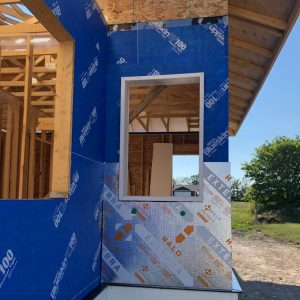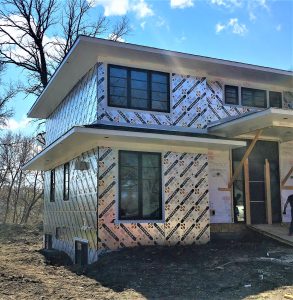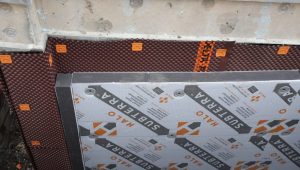When it comes to exterior wall insulation, two standout options vie for your attention: foam board and batt insulation. Both have their merits and drawbacks, making the right choice contingent upon a variety of factors including climate, budget, and installation complexity. Let’s break down each to help you make an educated decision.
Understanding Foam Board Insulation
Foam board, or rigid foam insulation, commonly comes in panels made from polystyrene, polyisocyanurate, or polyurethane. Halo, for instance, produces foam board insulation utilizing graphite polystyrene (GPS).
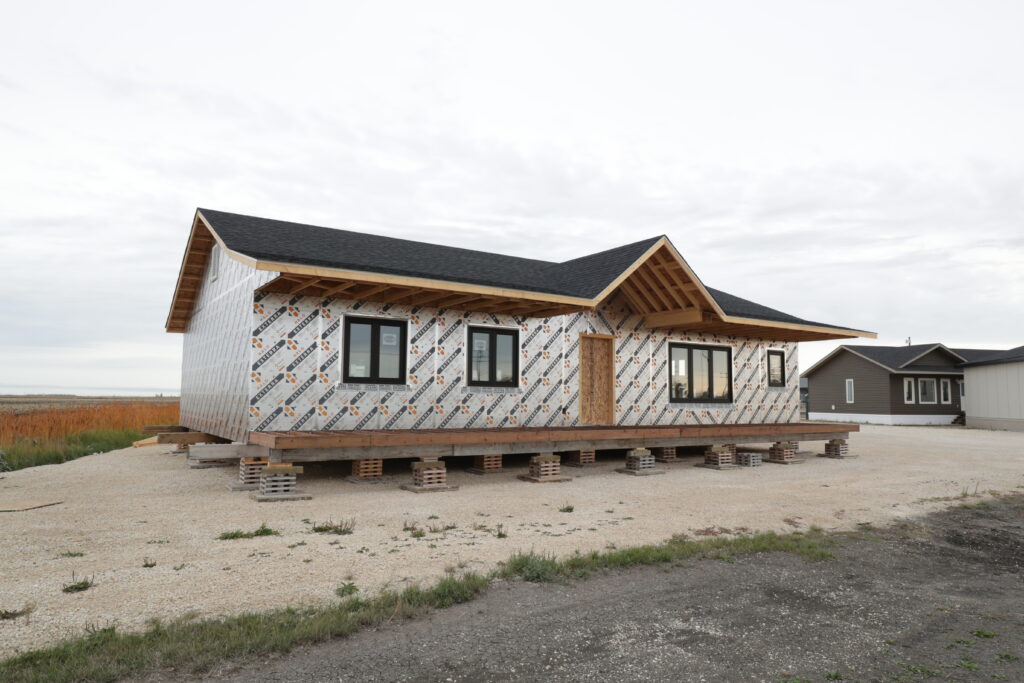
Pros
- High R-Value: Outstanding thermal resistance, far exceeding that of batt insulation.
- Moisture Resistance: Excellent for humid or damp regions.
- Thermal Bridging Mitigation: When applied consistently, it minimizes heat loss through thermal bridges.
- Versatility: Applicable in various parts of the home due to its robust characteristics
Cons
- Cost: More expensive both in material and installation.
- Installation Complexity: Requires precise cutting and sealing, adding labor hours.
Understanding Batt Insulation
Batt insulation is typically made from fiberglass or mineral wool. It comes in pre-cut panels or rolls designed to fit between wall studs.
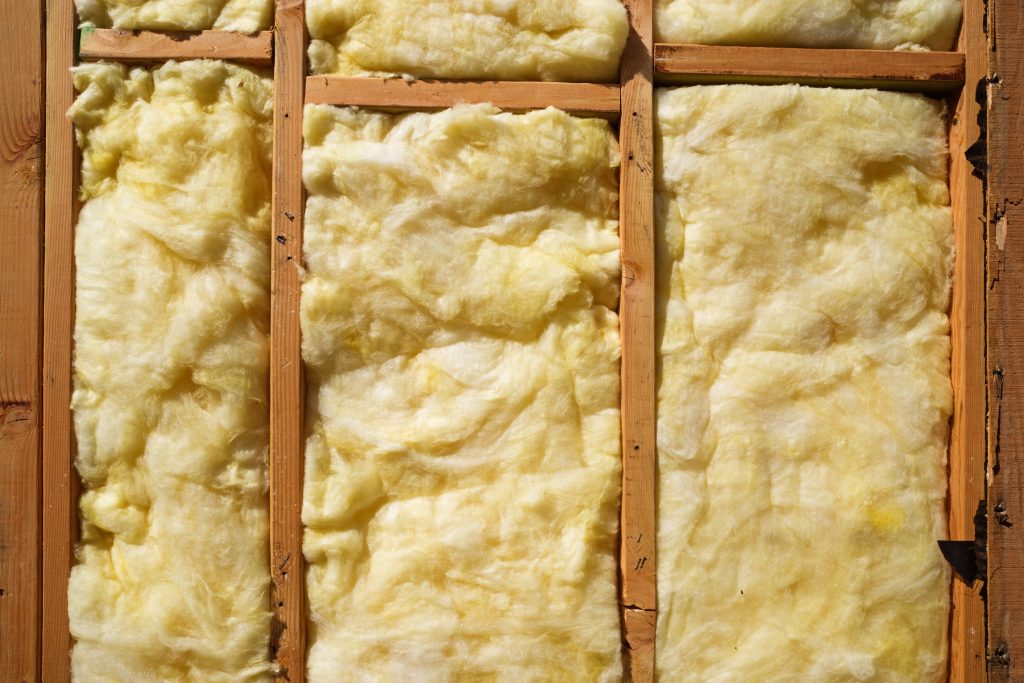
Pros
- Cost-Efficiency: A cheaper alternative in both material and labor.
- Installation Ease: The pre-cut panels are DIY-friendly, reducing installation time.
- Sound Dampening: Particularly with mineral wool, it offers superior noise reduction.
Cons
- Lower R-Value: Doesn’t provide as much insulation per inch as foam board.
- Moisture Susceptibility: Can retain moisture, affecting its insulative qualities.
- Installation Gaps: Inefficient installation can lead to heat loss.
Making the Choice: Key Considerations
- Climate: For colder or damper environments, foam board offers superior R-value and moisture resistance.
- Budget: Batt insulation is the go-to for cost-conscious projects.
- Installation Complexity: If you’re going the DIY route, batt is easier to handle; foam board demands more expertise.
The Hybrid Approach: Best of Both Worlds
Don’t think of foam board and batt insulation as mutually exclusive. Utilizing both can offer a robust, energy-efficient solution.
Advantages
- Optimized R-Value: A foam board layer enhances the thermal resistance of batt insulation.
- Thermal Bridging Mitigation: Foam board’s continuous layer dramatically reduces thermal bridges.
- Moisture Control: Foam board can act as a thermal break, minimizing internal condensation risks.
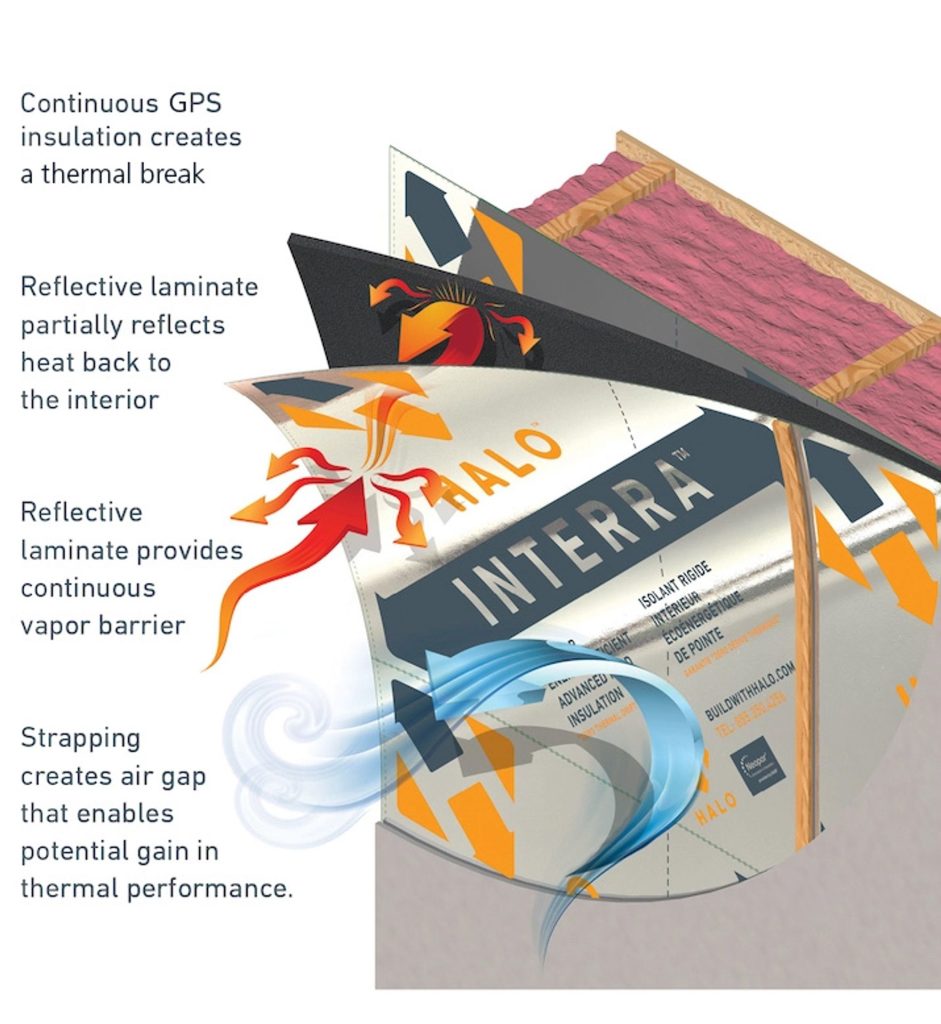
Case Study: Below-Grade Walls
In colder climates, it’s common to insulate below-grade walls to an R19 or R20 level using only batt insulation. However, this approach has its flaws, including thermal bridging and condensation risks. Combining R10 foam board on the exterior with R14 batt insulation on the interior can mitigate these issues while optimizing insulation levels.

Don't miss a thing!
Subscribe for exclusive content, insider industry news and limited edition webcasts.
In Conclusion
Choosing between foam board and batt insulation isn’t always an either-or proposition. When intelligently combined, they complement each other’s strengths and offset inherent weaknesses. This balanced approach not only enhances energy efficiency and comfort but also adds long-term value to your property, making it a win-win for construction professionals and homeowners alike.

